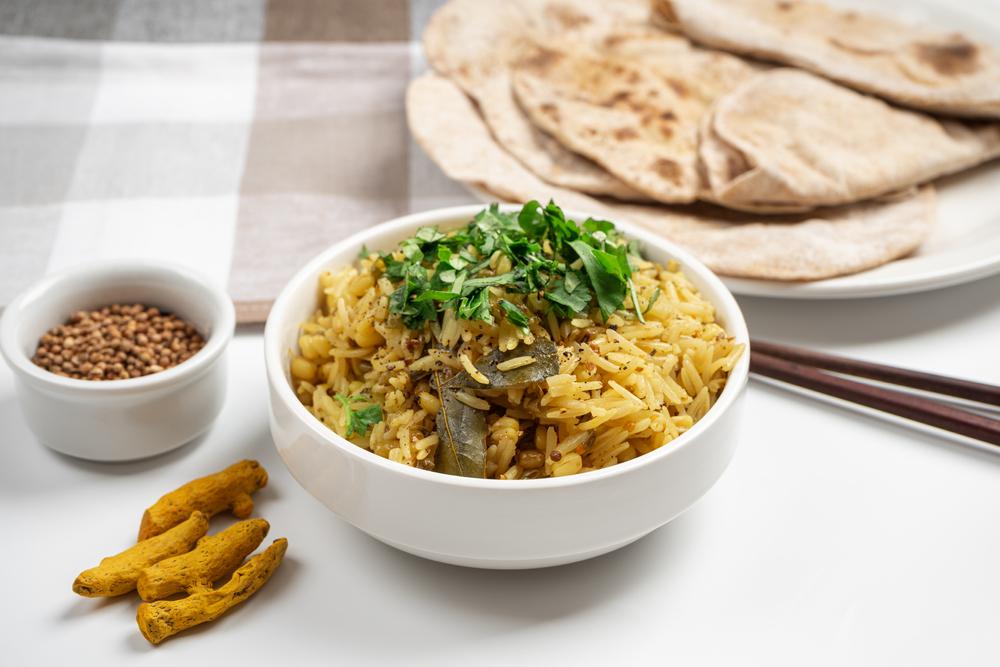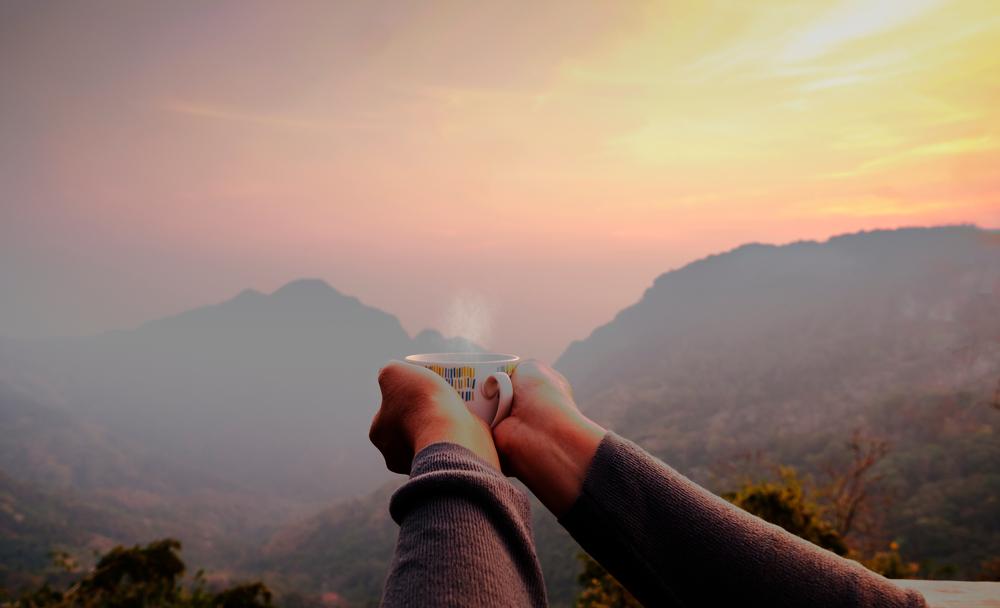
The Role of a Panchakarma Diet in Restoring Dosha Balance
By Sneha Raichada
A Panchakarma diet supports deep detoxification and dosha balance by enhancing digestion, calming the mind, and restoring gut health. With tailored meals and mindful nourishment, this diet is central to both the effectiveness and longevity of Panchakarma treatments.
- Panchakarma diet reduces digestive load and supports detoxification
- Enhances agni and clears ama
- Focuses on warm, cooked, dosha-specific meals
- Kitchari and digestive spices are foundational
- Post Panchakarma diet helps stabilize and rebuild
- Gut health is essential for mental clarity and emotional balance
- Panchakarma diet can be followed at home
- Promotes simplicity, nourishment, and inner harmony
In Ayurveda, food is considered more than nourishment. It is medicine, energy, and information.
During Panchakarma, the body’s deepest tissues are invited to release stored toxins and reestablish balance. But this process does not rely on treatments alone. A carefully tailored Panchakarma diet plays a vital role in restoring harmony to the doshas.
At SoHum Mountain Healing Resort, we approach Panchakarma as a fully integrated journey. Diet is not a side note but a central pillar that influences every outcome. Understanding the purpose and design of this dietary approach is essential.
What Is a Panchakarma Diet?
A Panchakarma diet is a light, easy-to-digest eating plan. It is typically designed to reduce digestive burden while nourishing the body’s systems.
The goal is to enhance agni, the digestive fire. It also aims to clear ama, the toxins that accumulate when digestion is weak or irregular.
This diet typically emphasizes warm, cooked foods. Meals are simple and spiced appropriately for your constitution. The plan is tailored to pacify the aggravated dosha and support the stage of the cleanse you are currently in.
During a Panchakarma cleanse diet, the foods you eat help the body eliminate waste. Ideally, they accomplish this without depleting energy or causing stress to the system.
Why Diet Matters in Panchakarma
Panchakarma is a deep healing process. It works by loosening toxins stored in the tissues and guiding them toward elimination. If digestion is weak or if foods are too heavy, the process may be slowed or hindered.
A thoughtfully designed ayurvedic Panchakarma diet creates the conditions for effective cleansing and rejuvenation. It calms the gut, supports elimination, and aligns the body’s inner rhythms with nature. This is not a time for raw salads, cold drinks, or processed foods. Instead, the focus is on grounding, warming, and hydrating meals that restore clarity and promote ease.
Components of a Panchakarma Diet Plan
While each plan is personalized, certain foundational elements are common across most Panchakarma programs.
Kitchari – The Cleansing Staple
Kitchari is a simple dish made of split mung beans, rice, and digestive spices. It is often at the center of a Panchakarma diet. Kitchari is easy to digest, balances all three doshas, and supports tissue nourishment while allowing the gut to rest.
Digestive Spices
Spices like cumin, ginger, fennel, coriander, and turmeric are used to stimulate agni, reduce gas, and aid detoxification. These spices are not just for flavor. They serve a specific purpose in the healing process.
Warm, Cooked Foods
All meals are prepared warm and fresh. Steamed vegetables, broths, and soft grains help the digestive system work more efficiently. Cold, raw, or frozen foods are avoided because they can dampen agni and create ama.
Hydration and Herbal Teas
Sipping warm water or herbal teas throughout the day supports circulation and toxin elimination. CCF tea is a blend of cumin, coriander, and fennel. It is commonly used to soothe the digestive tract and maintain doshic balance.
Your body knows when it’s time to slow down and reset.

The Role of a Post-Panchakarma Diet
The days and weeks following Panchakarma are just as important as the cleanse itself. This is when the body begins to rebuild tissues, stabilize energy, and integrate the changes made. A Post-Panchakarma diet ensures that agni remains strong and that toxins do not reaccumulate.
During this time, the diet gradually reintroduces more variety and complexity while maintaining a focus on simplicity, seasonal alignment, and doshic balance. Following these principles supports the long-term benefits of Panchakarma and helps prevent future imbalances.
Supporting Gut Health and Mental Clarity
The Panchakarma diet is designed to cleanse the body, soothe the nervous system, and clarify the mind. In Ayurveda, the gut is considered the seat of both physical and emotional digestion. It is often called the second brain.
When digestion is calm and efficient, mental clarity follows. A well-designed diet can reduce brain fog, stabilize mood, and enhance your sense of well-being. This makes the Panchakarma experience not just physical but also deeply emotional and spiritual.
Panchakarma Diet at Home
Even if you are not attending a retreat, you can still benefit from a simplified Panchakarma diet at home. Start with a mono-diet of kitchari, herbal teas, and lightly cooked vegetables. Reduce stimulation, follow a gentle daily routine, and allow time for rest and reflection.
It is important to understand your constitution and current imbalance before starting. Working with a trained Ayurvedic practitioner can help personalize your plan and ensure safety and effectiveness.
Nourish to Flourish – The Deeper Wisdom
The Panchakarma diet is more than a list of foods. It is a conscious way of eating that invites you to slow down, listen to your body, and reconnect with natural rhythms. Every bite becomes a form of medicine. Every meal is an opportunity to restore harmony.
At SoHum Mountain Healing Resort, we align our Panchakarma offerings with the seasonal theme of Nourish to Flourish. As we say, true healing begins in the gut. When you nourish your digestive fire, you nourish your entire life.
To deepen your understanding of how food and taste influence healing, we invite you to explore our upcoming offering.
Final Thoughts
The Panchakarma diet is not a restriction. It is a return to simplicity, clarity, and purpose. By aligning your meals with your healing journey, you support the awakening of your highest self.
Whatever your purpose, the principles of the ayurvedic panchakarma diet offer timeless guidance.
Reveal your higher self through Panchakarma.
SHARE

Sneha raichada
MPT, CAP, E-RYT-200
Sneha is the Dean of Education at The Ayurvedic Institute and is a certified Ayurvedic practitioner.